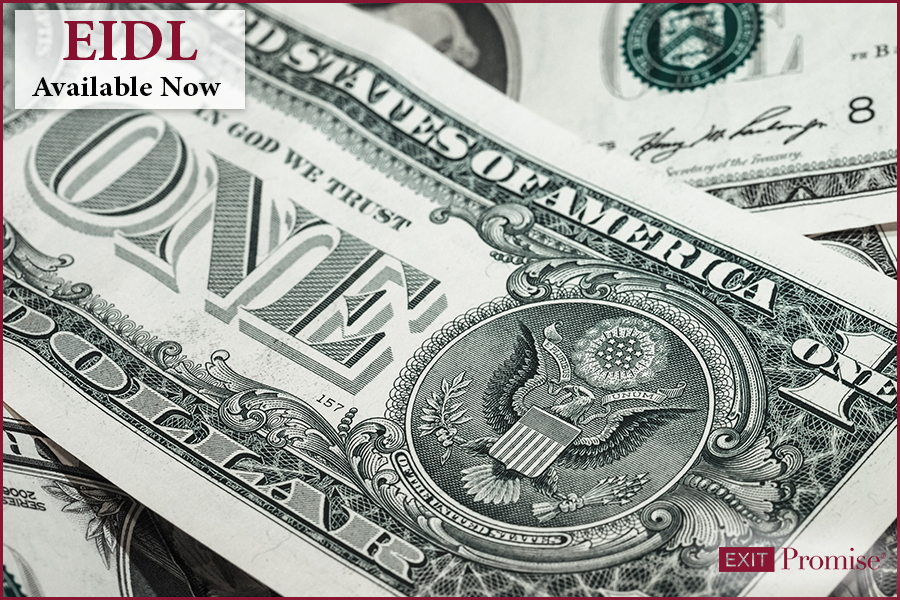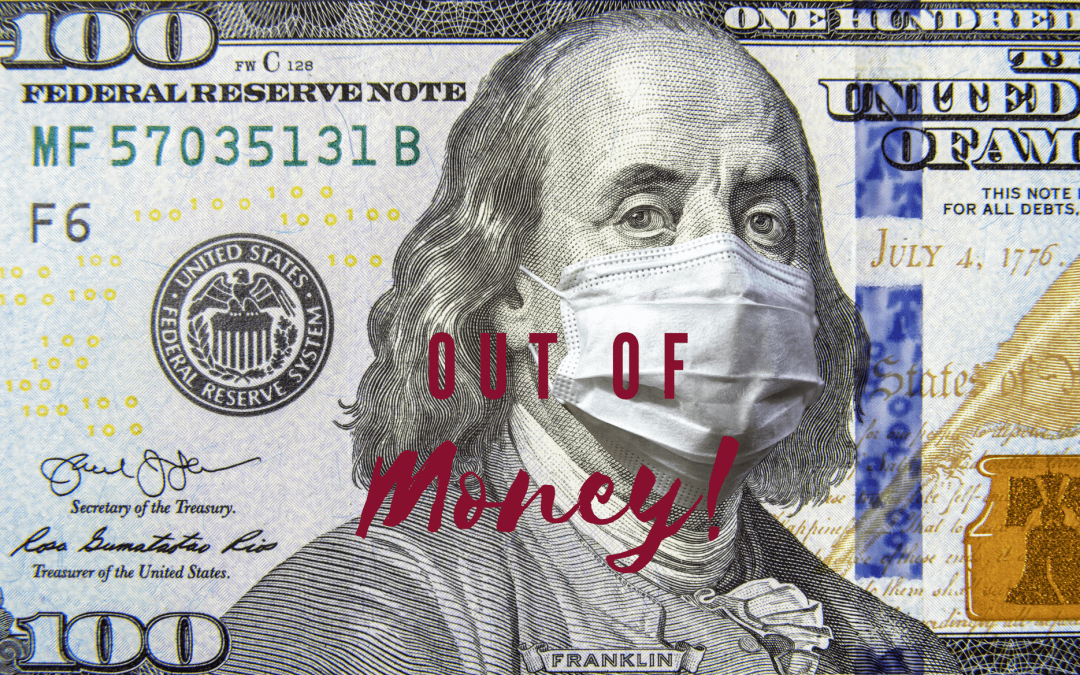On June 15, 2020, the Small Business Administration reopened the Economic Injury Disaster Loan (EIDL) applications to businesses with no more than 500 employees and non-profit organizations operating and suffering substantial economic injury as a result of the pandemic in all of the U.S. states, Washington D.C., and territories.
Independent Contractors, sole-proprietors (with or without employees), gig workers and freelancers are also eligible to apply for the EIDL.









![How to Calculate Debt Service Coverage Ratio [Tool]](https://exitpromise.com/wp-content/uploads/2017/02/iStock-502733644.jpg)


